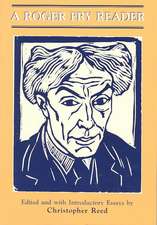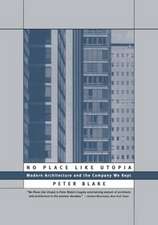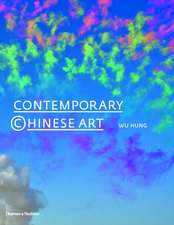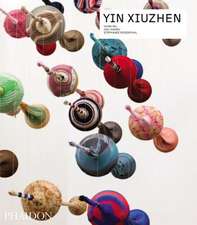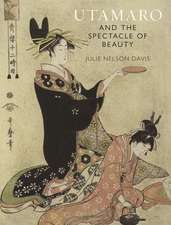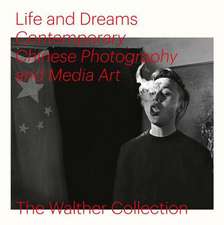Art of the Yellow Springs
Autor Wu Hungen Limba Engleză Paperback – 14 mar 2015
We might think the Egyptians were the masters of building tombs, but no other civilization has devoted more time and resources to underground burial structures than the Chinese. For at least five thousand years, from the fourth millennium B.C.E. to the early twentieth century, the Chinese have been building some of the world’s most elaborate tombs and furnishing them with exquisite objects. It is these objects and the concept of the tomb as a “treasure-trove” that The Art of the Yellow Springs seeks to critique, drawing on recent scholarship to examine memorial sites the way they were meant to be experienced: not as a mere store of individual works, but as a work of art itself.
Wu Hung bolsters some of the new trends in Chinese art history that have been challenging the conventional ways of studying funerary art. Examining the interpretative methods themselves that guide the study of memorials, he argues that in order to understand Chinese tombs, one must not necessarily forget the individual works present in them—as the beautiful color plates here will prove—but consider them along with a host of other art-historical concepts. These include notions of visuality, viewership, space, analysis, function, and context. The result is a ground-breaking new assessment that demonstrates the amazing richness of one of the longest-running traditions in the whole of art history.
Wu Hung bolsters some of the new trends in Chinese art history that have been challenging the conventional ways of studying funerary art. Examining the interpretative methods themselves that guide the study of memorials, he argues that in order to understand Chinese tombs, one must not necessarily forget the individual works present in them—as the beautiful color plates here will prove—but consider them along with a host of other art-historical concepts. These include notions of visuality, viewership, space, analysis, function, and context. The result is a ground-breaking new assessment that demonstrates the amazing richness of one of the longest-running traditions in the whole of art history.
Preț: 277.63 lei
Nou
Puncte Express: 416
Preț estimativ în valută:
53.15€ • 54.66$ • 44.09£
53.15€ • 54.66$ • 44.09£
Carte disponibilă
Livrare economică 27 ianuarie-10 februarie
Livrare express 10-16 ianuarie pentru 46.59 lei
Preluare comenzi: 021 569.72.76
Specificații
ISBN-13: 9781861897817
ISBN-10: 1861897812
Pagini: 272
Ilustrații: 83 color plates, 147 halftones
Dimensiuni: 191 x 249 x 25 mm
Greutate: 0.82 kg
Editura: REAKTION BOOKS
Colecția Reaktion Books
ISBN-10: 1861897812
Pagini: 272
Ilustrații: 83 color plates, 147 halftones
Dimensiuni: 191 x 249 x 25 mm
Greutate: 0.82 kg
Editura: REAKTION BOOKS
Colecția Reaktion Books
Notă biografică
Wu Hung is the Harrie A. Vanderstappen Distinguished Service Professor in Chinese Art History at the University of Chicago. He is the author of many books, including The Double Screen, Remaking Beijing, and A Story of Ruins, all also published by Reaktion Books.
Cuprins
Introduction
1. Spatiality
From Casket Grave to Chamber Grave
A Tripartite Universe
Representing the Soul
2. Materiality
Spirit Articles
Tomb Figurines and the Medium of Representation
The Body: Preservation and Transformation
3. Temporality
Cosmic/Mythic Time
‘Lived Objects’
Historical Narratives
Journey
Coda: Portraying Chinese Tombs
References
Works Cited
Acknowledgements
Index
1. Spatiality
From Casket Grave to Chamber Grave
A Tripartite Universe
Representing the Soul
2. Materiality
Spirit Articles
Tomb Figurines and the Medium of Representation
The Body: Preservation and Transformation
3. Temporality
Cosmic/Mythic Time
‘Lived Objects’
Historical Narratives
Journey
Coda: Portraying Chinese Tombs
References
Works Cited
Acknowledgements
Index


